My first article, Ten Secrets of Professional Book Cover Designers, discussed some of the nuances that give a book that polished look, so often missing from independent publishing projects. These “tricks of the trade” are not limited to the front cover of a book though, and there are many ways to enhance the look and readability of back cover text and interior layout.
1. Don’t make your line width too long. Many people assume the solution to too much text is to either drop the point size or extend the trim size or margins. This is not the case. No matter how much space you have, the line should not exceed about 70 characters. After 70 characters the reader has to blink and readjust his or her focus, then determine where the next line is and travel back visually to the beginning of the new line. Long lines make this a tiresome, frustrating task. No one will struggle to read your text.
2. Make sure you’re using the proper glyphs. A common mistake is to use the symbol for feet or inches when single or double quotation marks are required, and vice versa. Quotation marks curl or slant, while measurement symbols are straight up and down. All good quality fonts will offer both.
3. Know the difference between an em dash, en dash and hyphen and when to use them. There’s never any reason to have a double hyphen (–) when you really need an em dash. (—). On a PC, the em dash can be obtained by holding down the ALT key and pushing 0151 on the numbers pad, to the right. The en dash is ALT 0150. Wikipedia has a good explanation of the types of dashes and when to use them here: http://en.wikipedia.org/wiki/Dash
4. Some people like the stylish look of a drop cap at the beginning of the back cover text, or at the start of a new chapter. Personally, I’m a big fan. It’s important these be neat and laid out properly, though. The bottom of the drop cap should sit on the baseline of the line it sits on, even with the other letters. If you prefer a stickup cap, then it should align perfectly with the first line of text. The stickup cap is usually easier to create.
5. Let’s talk about small caps. Some people like the look of small caps and they can be a nice decorative element when used at the beginning of a section or for some headings and titles. It’s important you actually have the real small caps font though. Most design and word processing programs will offer this option, but that doesn’t mean the font is there; They’re just “faking it” by making any upper case letters slightly larger. This can cause problems when creating a PDF for the printer, but it also doesn’t look good. If you enlarge a letter to fake small caps, the larger letter will be thicker and wider and look heavier.
6. Make your margins nice and deep. Remember, there has to be room for peoples’ fingers to hold the book. No one wants to be constantly moving their hands to read text. Also, if your interior margins are too tight, readers will be forced to open the book wider than the binding might allow, causing pages to fall out. These things all reflect on you as a publisher.
7. Don’t skip a title page. A title page can take on a life of its own and add value to a book. It doesn’t have to be just the title, either and it doesn’t have to be only one page. It can be several pages and include illustrations or decorative elements, title, sub-title, author name, publisher’s imprint, quotations, copyright information and credits for editors and fonts and the forward or preface. Chapter 27 in Marshall Lee’s Bookmaking: Editing/Design/Production (3rd ed., 2003) covers this subject very nicely.
8. If your company has a name, have your book designer create a little logo for it, if you haven’t had one created professionally. This can be done just setting the company name in a nice font and doesn’t have to be anything fancy. If possible, avoid using your own name as part of the business title, because this will tip off reviewers and bookstore owners that the book is self-published. Many people have preconceived notions about self-published books that are not very positive.
9. Make sure your black text is 100% black for a black and white interior. Some word processing programs and free FTP creators do not produce 100% black text, and books end up printed in 90% black or lighter. This can easily be checked within any layout or design program such as Adobe InDesign or Adobe Illustrator, as you work. If you’re not using the proper software there might be no way to check this.
10. If you’re printing Print on Demand (also called POD and digital printing), then it’s almost always a good idea to send the printer files formatted in the CMYK color gamut, even if the printer says it’s okay to send RGB. Switching colors “on the fly” from RGB to CMYK, even when a professional printer does it, often creates unexpected results, and not just with color; In some cases images can look pixilated or blurry after being switched from RGB to CMYK. For a more extensive explanation on color click here.
Get an Editorial Review | Get Amazon Sales & Reviews | Get Edited | Get Beta Readers | Enter the SPR Book Awards | Other Marketing Services






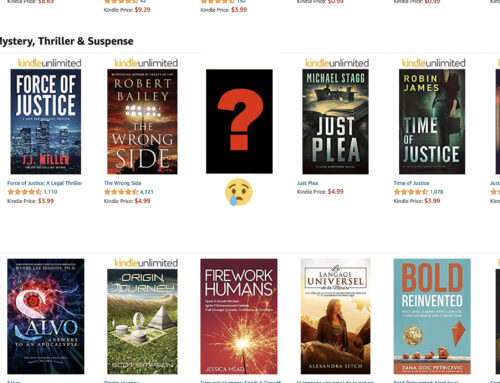
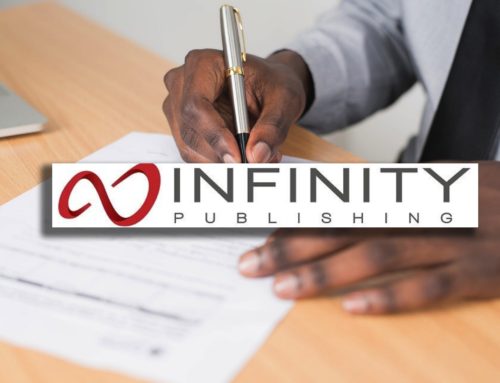


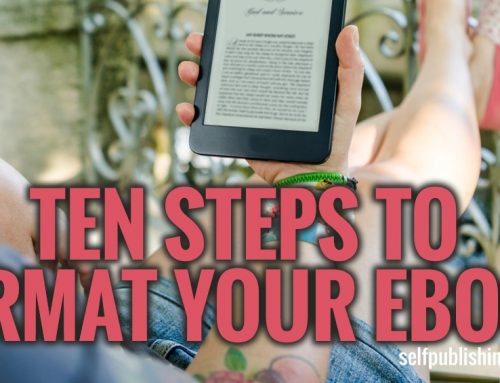
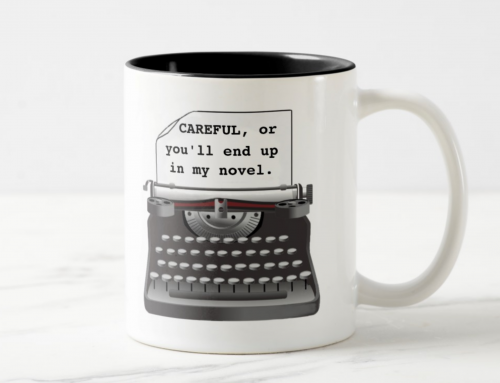
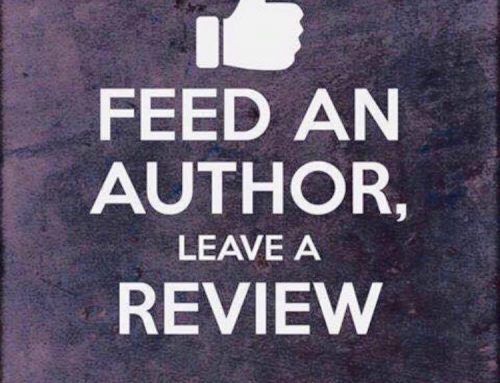
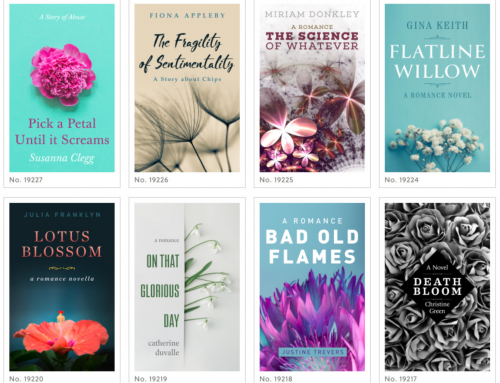
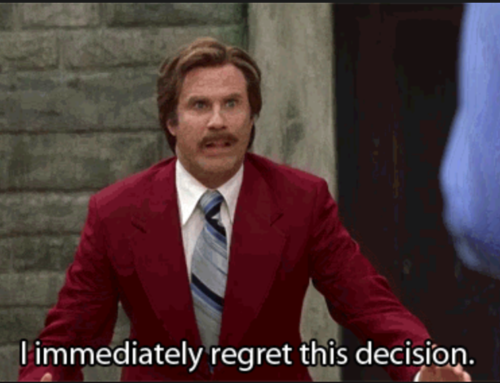
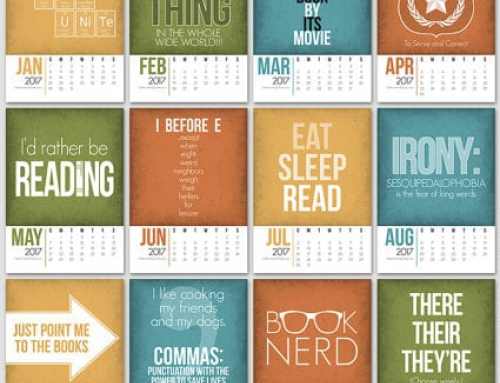

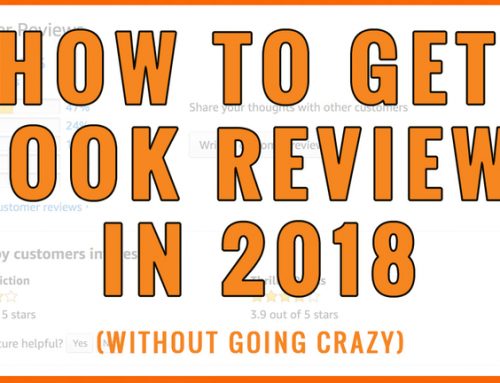
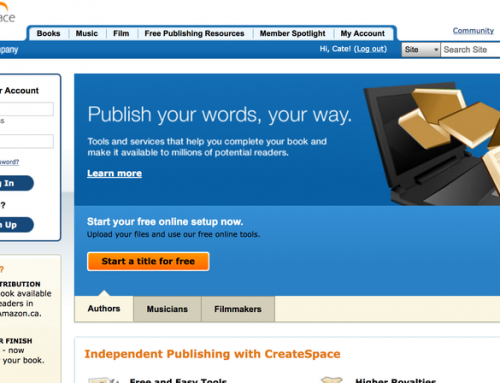


I’m so fanatical about true small caps I even named my blog after them.
More great tips, Cathi, that’s really useful. You might be interested to know that Blurb.com, the digital short-run color book printer, actually prefers books to be uploaded in RGB rather than CMYK, which was a surprise to me. They are the only ones I know of that request RGB. However, I have to say they’ve done a great job with the client’s books I’ve sent there.
And thanks for mentioning the “fake” small caps. That one drives me nuts.
Yeah, Joel, there are a few companies that were doing that a while ago, but they’ve since stopped because it was causing problems. I’m not familiar with the company you’ve mentioned, not sure what they’re printing with, but most printers won’t accept RGB files. Some colors transfer fine, though. It’s purples, pinks, greens and oranges that cause the most trouble, that I’ve seen…and sometimes 100% black is printing as low as 93%.
This is on the blurb.com site:
* Combine the speed and ease of a digital workflow with offset look and feel and true photo quality
* Maintain CMYK color space from design to print, avoiding conversion to sRGB
* Enjoy superb photo quality with excellent tone transition, deep color saturation, and crisp and clear typography
Hey Cathi, Thanks for the reply. When I saw your snippet I checked back with Blurb.com and it appears that the articles previously on their site about RGB have been removed (although the references to them are still showing up in the search on their site). So apparently Blurb has changed their workflow, which is good to know.
They are the best supplier I’ve found so far for short run digital books in color, and they do a terrific job. I now proof all my color books there, and get prototypes for product shoots, etc. months before the printed books pull into port.
These things change so fast, sometimes it’s hard to keep up!